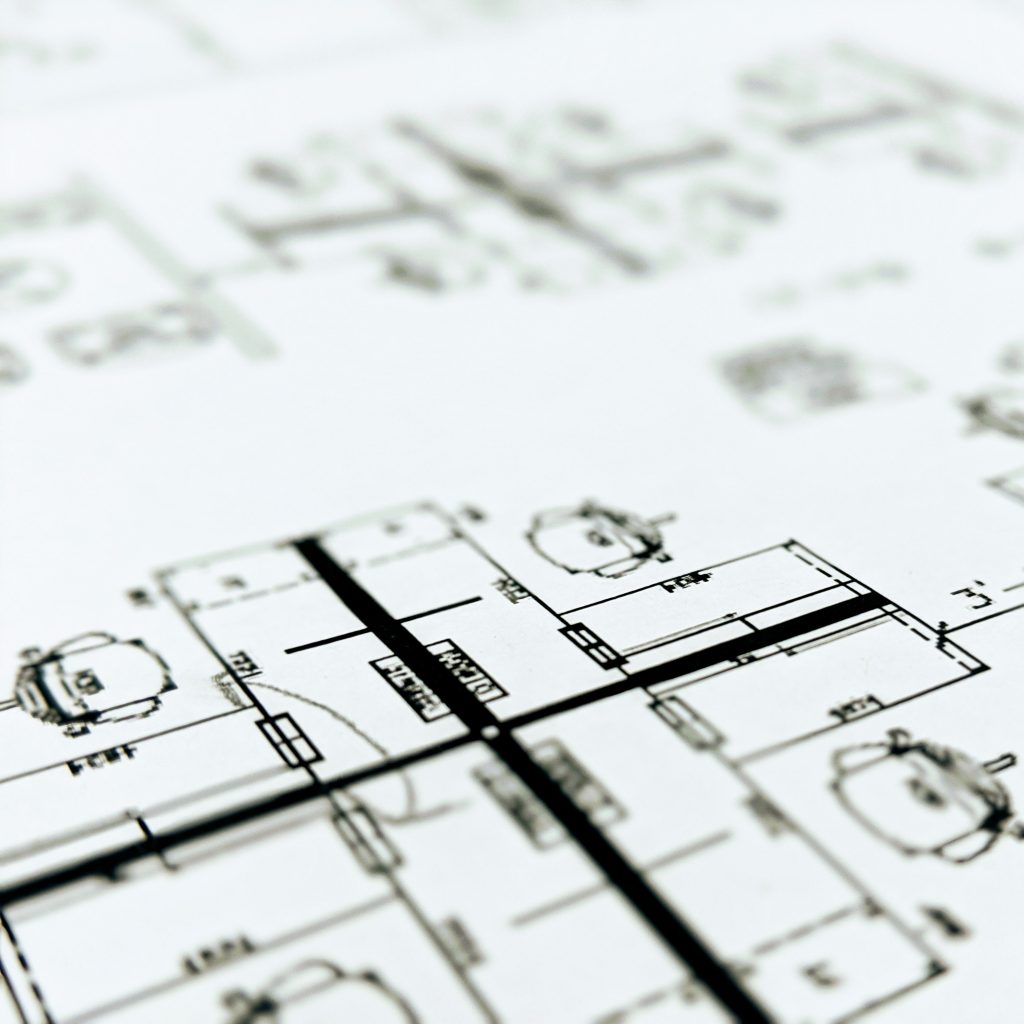
We moved offices this past week, relocating the IT department (and one other) into a new space. The new space is light and airy and is laid out on the open office plan.1 Initially we were skeptical but we’re making the best of it and it appears most everyone is settling down and adjusting well.
We have two new conference rooms, a large dedicated IT workroom, lots of community (but very little individual) storage, an awesome kitchen and a very welcoming lunch space.
One delightful feature of this space is that I get to see more. There are two paths from the entrance of the suite to my desk and each allows me to walk past one or the other halves of my team.2 They have been using this “feature” to say “hi”, give an update, ask a question or simply smile. (Of course sometimes one or more of them are in heads-down mode and it’s only an uninvolved walk-by.)
A couple of times on my way past today I found a junior member of the team working side-by-side with a more senior member of the team. And it made my heart glad to see it. It didn’t look forced—it looked collaborative and productive. (OK, they were probably working on their fantasy football or something, right?)
Whatever they were up to, it made my heart glad, and that included a smile.
So, I’m not a big fan of open-plan offices and I’ve observed the noise and interruptions that always show up under this structure, but if it makes it easier for collaboration and mentoring to occur, we’ll find ways to work around the negative aspects.
- I believe that the only fans of the open-plan offices can be found in the workplace design profession. However, they simply cannot back up their claims of productivity increases. As Tom DeMarco and Tim Lister wrote many years ago, “The only method we have ever seen used to confirm claims that the open plan improves productivity is proof by repeated assertion.” (emphasis in the original)
DeMarco, Tom, and Timothy R. Lister. Peopleware: Productive Projects and Teams. Addison-Wesley, 1987, p 53. ↩
- Note to self: alternate routes from time to time! ↩

